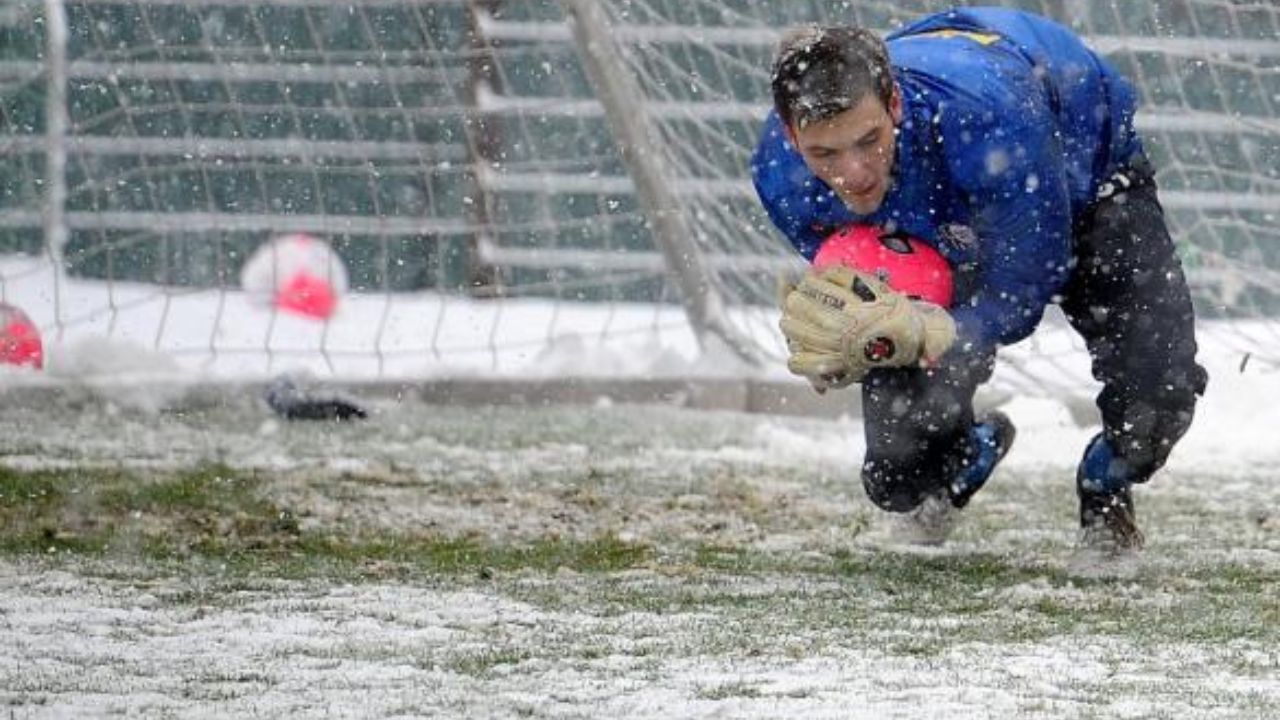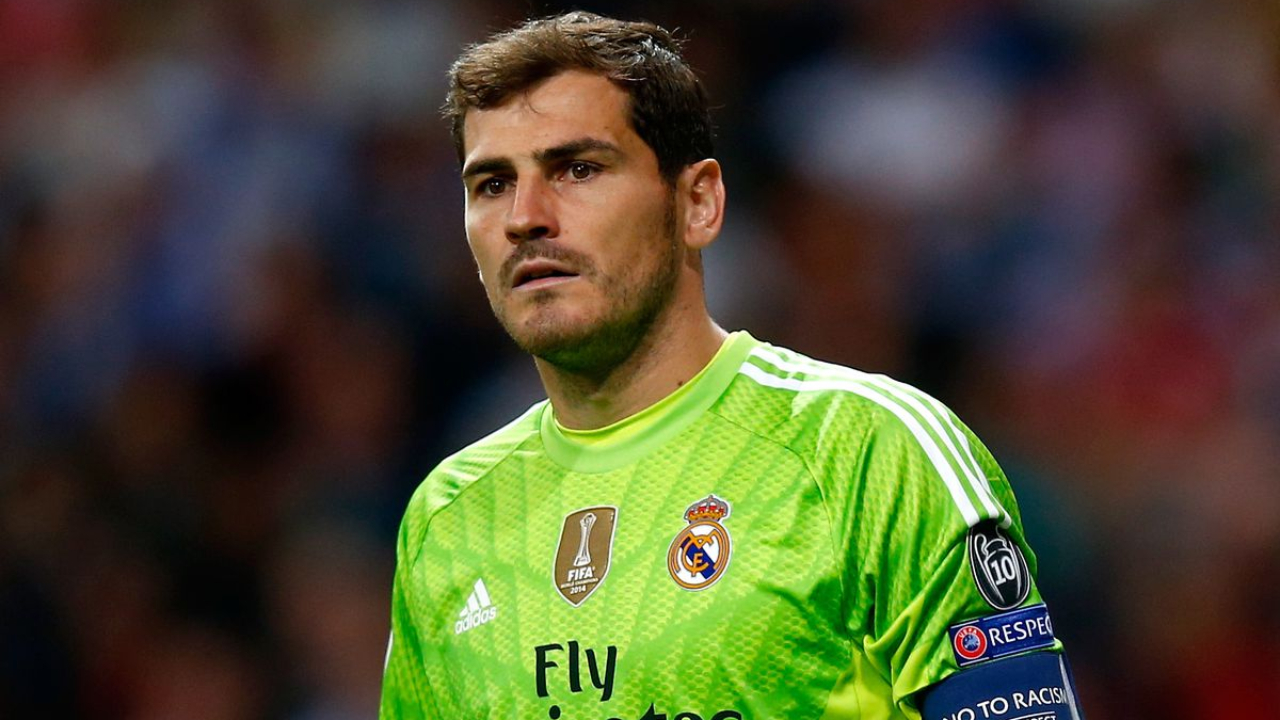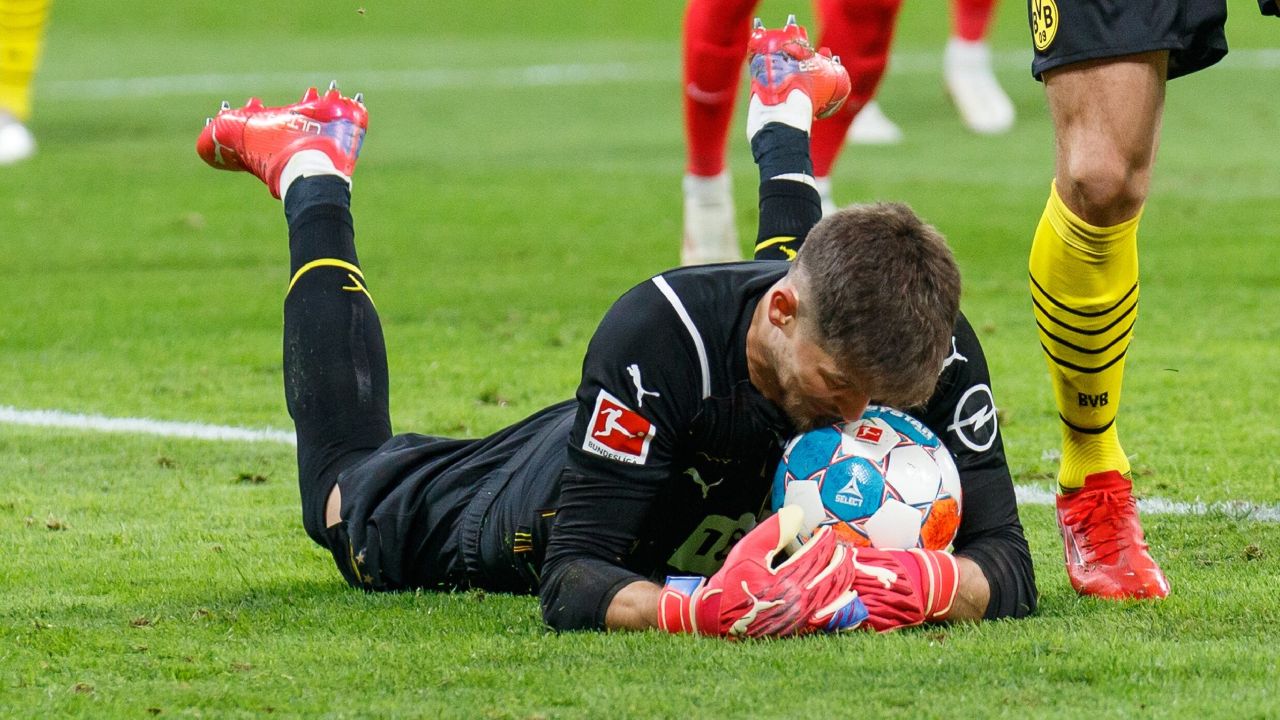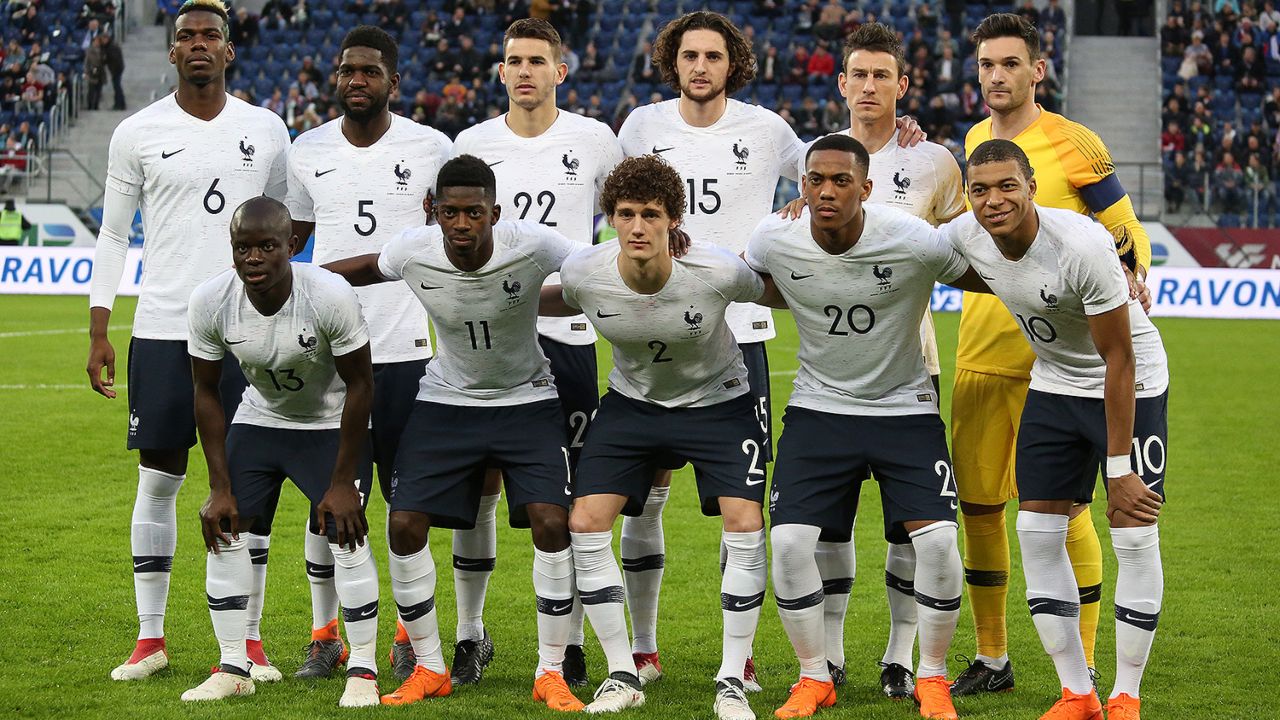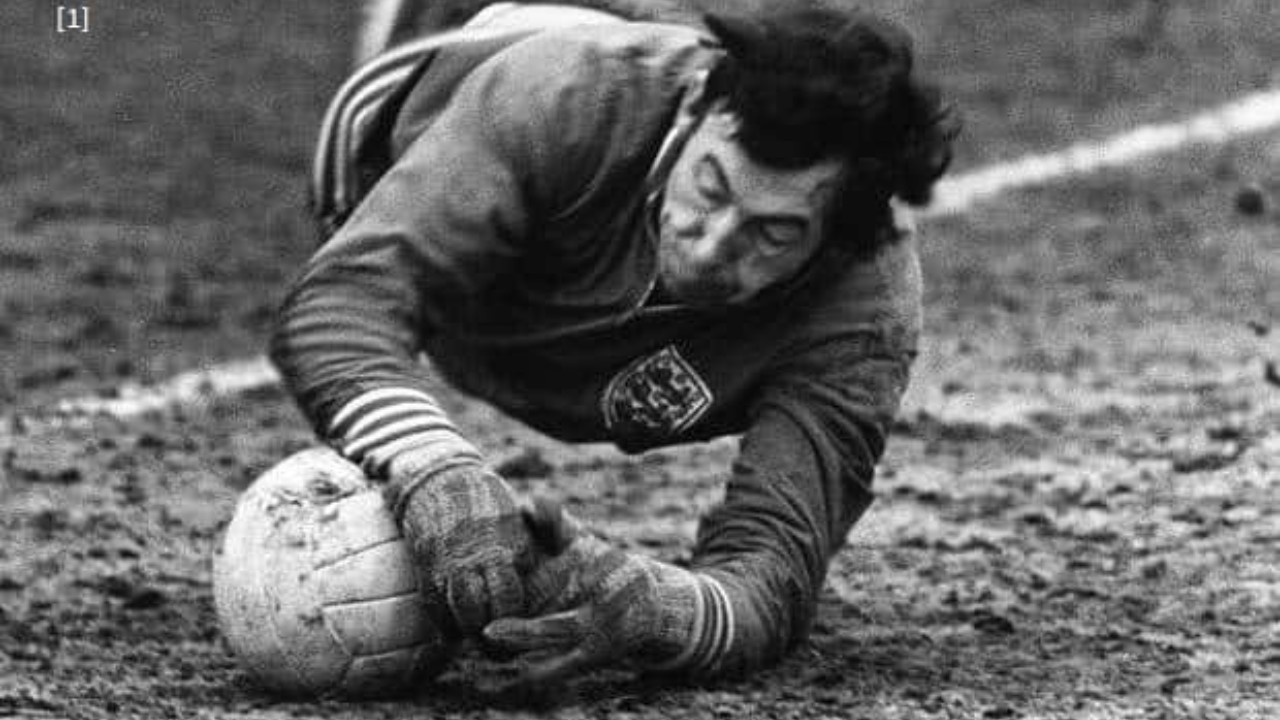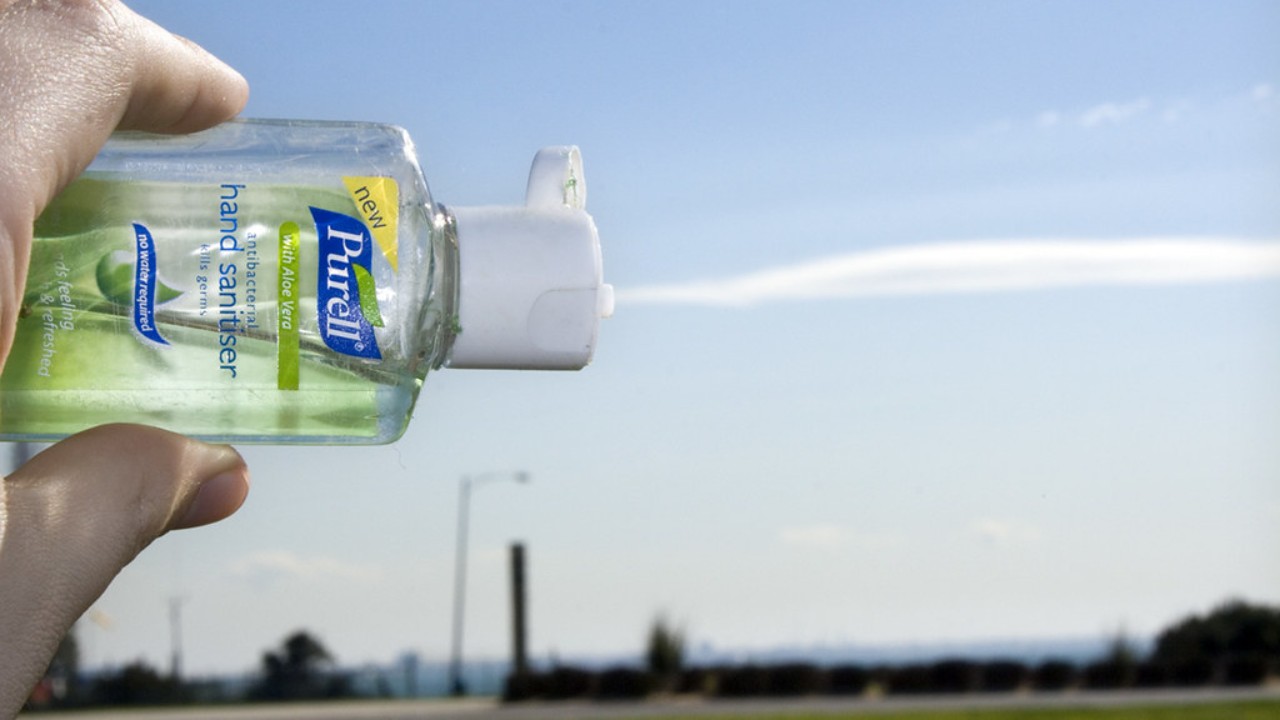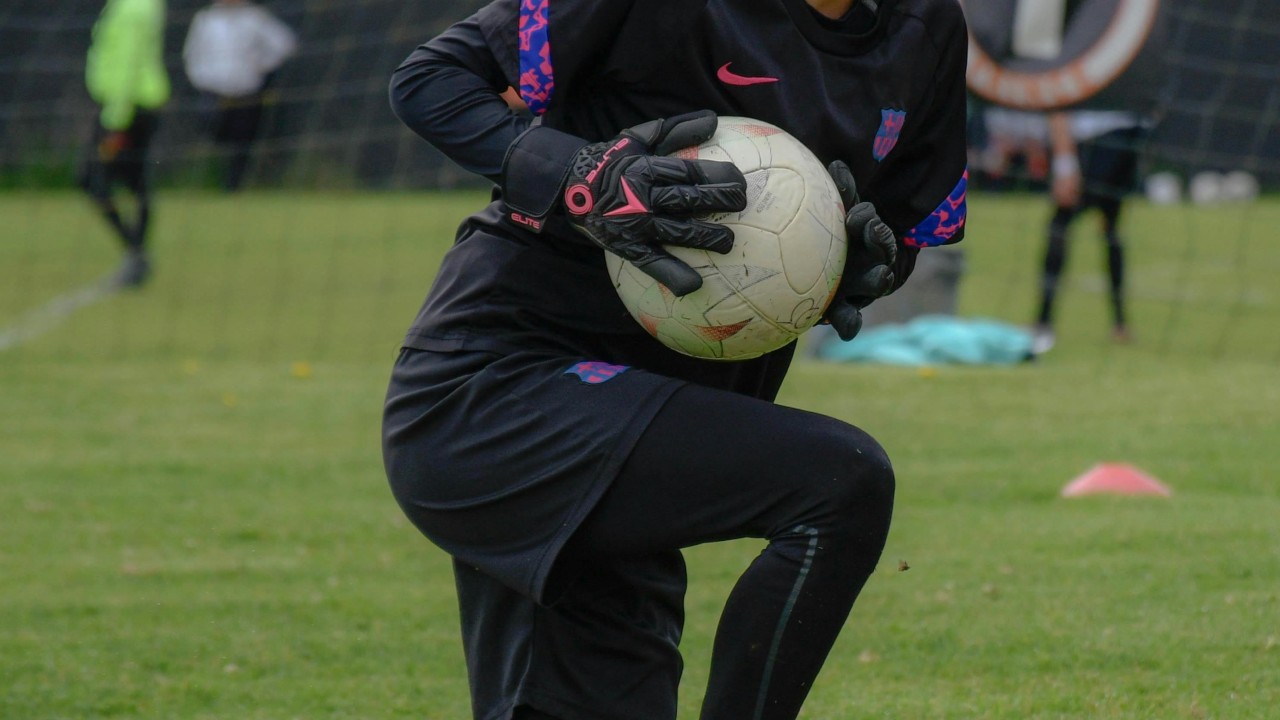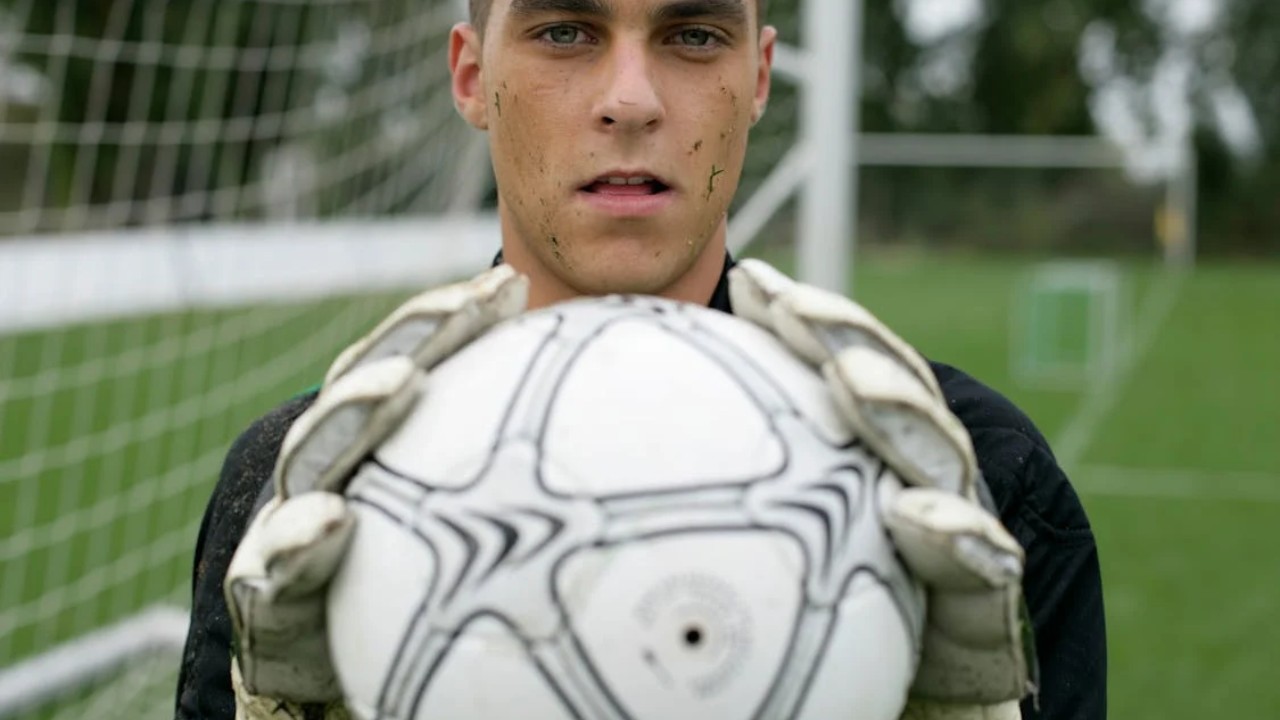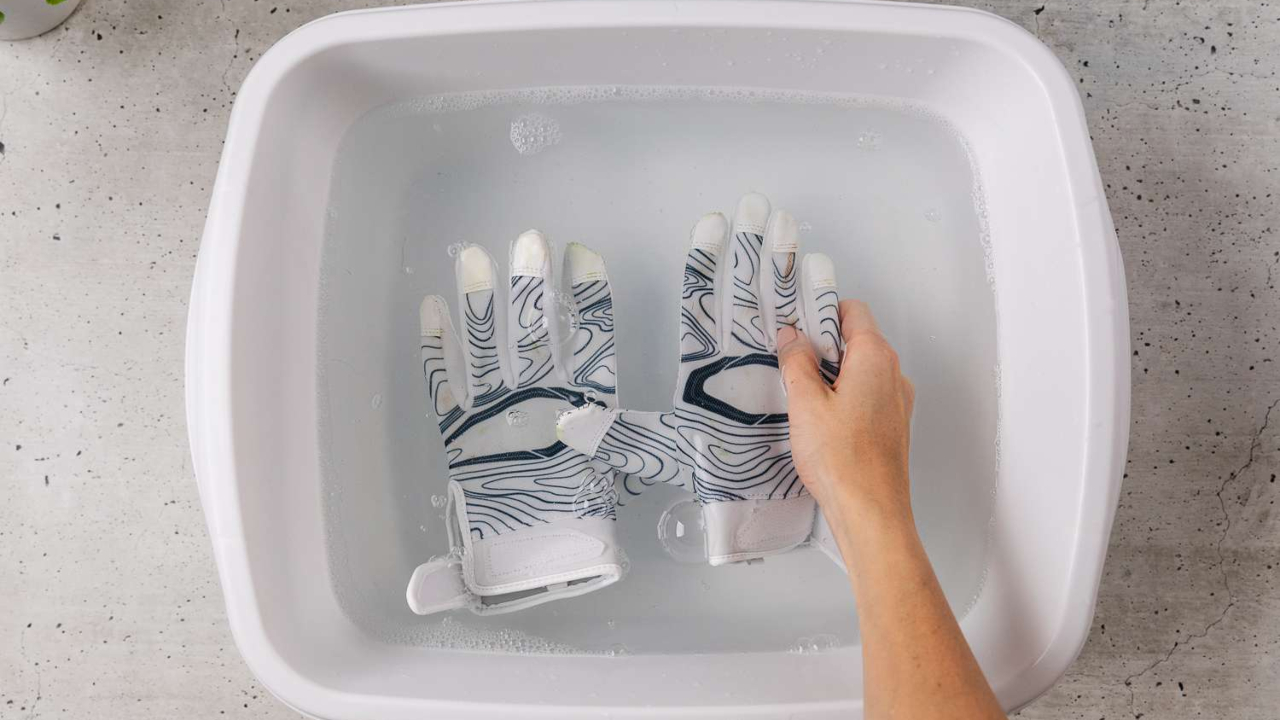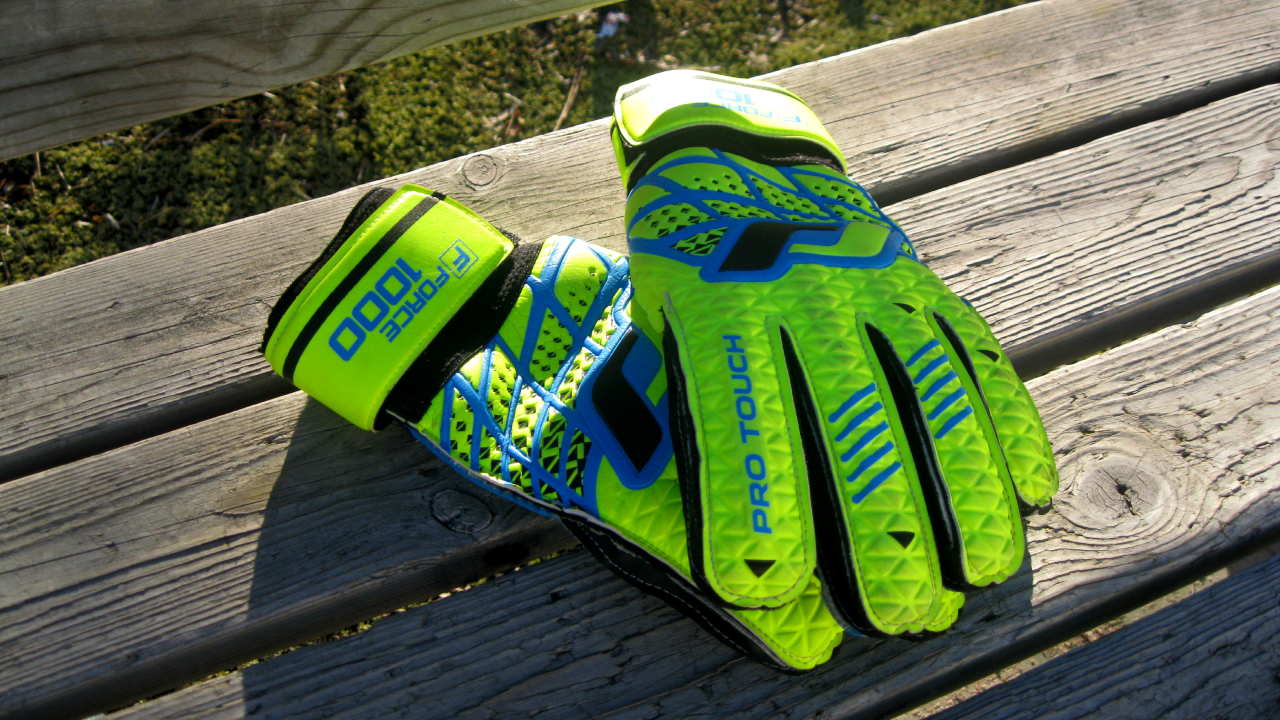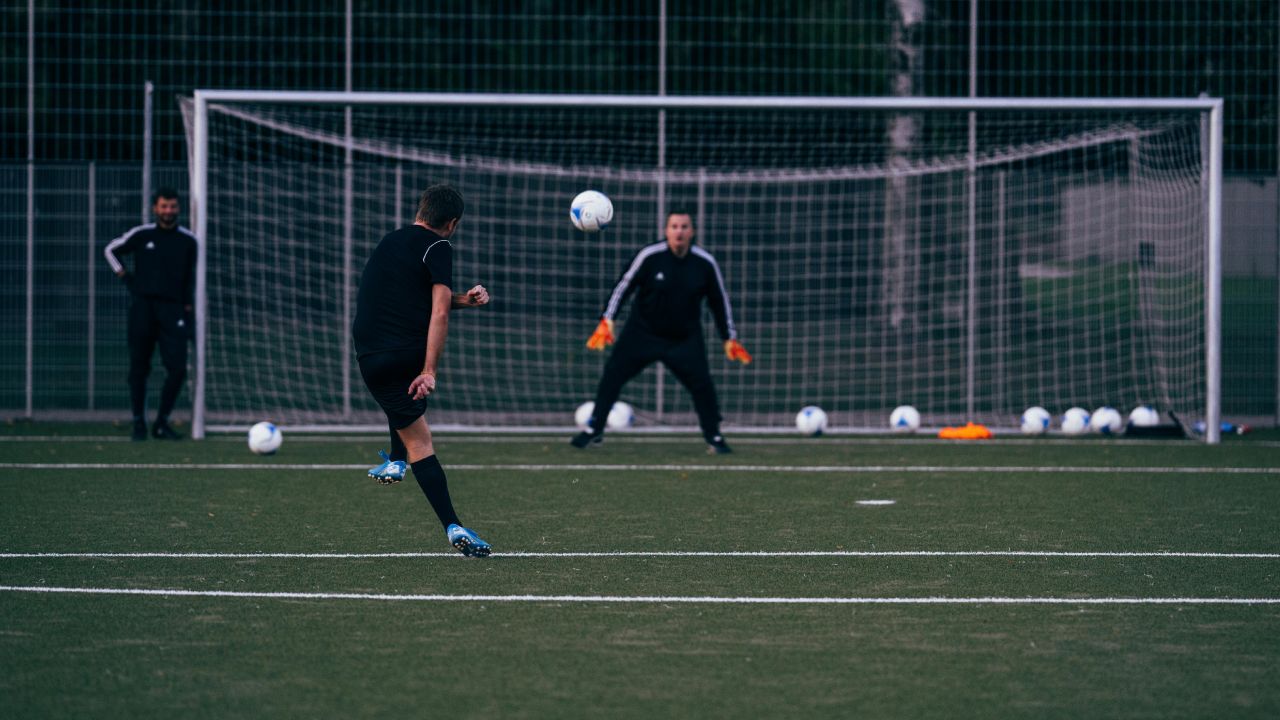Warming up is important because the cold temperatures of snow and ice make muscles more rigid. Warm-up dynamic exercises are a great way to get the blood flowing and ready the joints for the stress of training. To improve flexibility and reduce the chance of injury, stretching exercises are essential. Remember to be cautious when training soccer in low temperatures.
Winter football gear that’s gonna save ya:
In cold weather, it is important to choose the correct winter equipment and clothing for football. Dress players warmly to prevent hypothermia. The body can be protected by wearing thermal underwear and waterproof materials.
Warm socks, gloves, and hats can also regulate your body temperature. The head and the exposed extremities are where most heat escapes.
Winter training is a complex process that requires careful preparation. Warm and properly equipped players can focus better and make the most of each training session.
It is best to immediately change out of your wet, cold clothing after training. Warm showers also help to warm up the body.
Here, you will find winter football gloves!
Winter training exercises
To ensure safety and efficiency, winter conditions call for adjustments in training drills. Here are some important aspects of adapted winter football training drills:
A focus on ball control and technique:
The ball may react unpredictably on the field during the winter months. Therefore, it makes sense to train more with technique and ball control. Players can improve their abilities in difficult conditions by using drills requiring precise passing, dribbling, and receiving the ball.
Winter tactical exercises:
It is crucial to adapt tactical exercises to maintain the strategic direction of your team. Focus on moves that can be implemented successfully even when the surface is slippery. Regardless of the external circumstances, tactical discipline and rapid decision-making are key to success.
Exercises with increased injury risk:
It is crucial to avoid exercises in slippery situations that can cause injury. To reduce the chance of an injury, jumps, sudden changes in direction, or jerky movement may have to be modified or reduced.
Winter soccer drills are not just a requirement for safety but can also be used to improve fundamental skills.
By focusing their attention on the winter weather conditions, soccer players can avoid injury and improve performance.
Indoor alternatives
Indoor training is an option if ice or snow makes the field impossible to play on. Considerations and advantages of indoor options for winter soccer practice are listed below:
Use of indoor halls and facilities (HTML0)
The halls offer a safe environment where training is possible regardless of the weather. You can still train outside but the playing area is much smaller.
Exercises indoors for similar training results:
Indoor training allows for the use of specific exercises to achieve similar training results as outdoors. In a large hall, you can carry out technical training, ball-control exercises, or even tactical ones. To sharpen your players’ skills, you can concentrate on the passing of the ball, receiving it quickly and shooting with accuracy.
You can train indoors if you do not want to be in the mud, frost, or ice. You can reduce the chance of getting injured by training indoors.
Maintain motivation in winter
Motivation can be affected by bad weather and winter. Here are some tips to motivate players during winter.
Integrating games and fun components:
Include fun and games in your training sessions to lift the spirits. Small tournaments and other games can be used to motivate the players and divert their attention away from bad weather.
Encourage teamwork and positive reinforcement:
Encourage players by using positive reinforcement. Recognize their effort. The team spirit is crucial to maintaining morale. Even in poor weather, players are motivated by common goals and the support of their team.
Diversity in Training:
Avoid monotony by varying your workouts. Keep players interested with new drills and different drill focuses.
Communicating goals and progress
Regularly discuss short- and longer-term goals. Shared progress can encourage players to continue playing, even if the weather conditions are not ideal.
Conclusion:
Winter football training is not easy. Nevertheless, even during the winter season players can still play well. This requires good preparation and adapting the techniques.
To avoid injuries, the importance of proper equipment and clothing was stressed. To improve the players, it is important to do special exercises in technique, ball control, and tactics.

